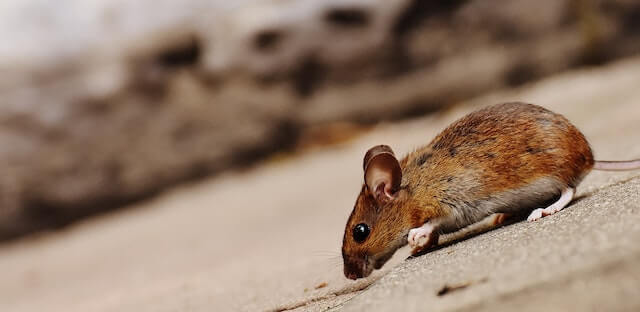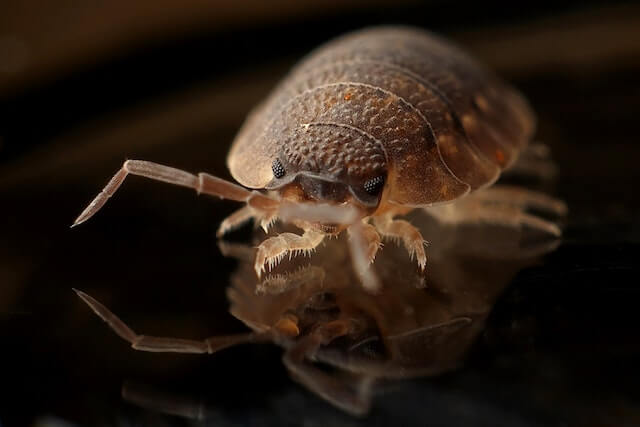A pest infestation in a rental property can be a major problem that can affect both landlords and tenants. Not only can pests cause harm to people, but they can destroy parts of a property as well. If left unaddressed, it often leads to conflict between the tenant and landlord.
There are two common reasons why solving a pest problem is challenging. First, some pests are difficult to get rid of. Second, it’s not easy to determine who should be responsible to deal with it.

In a leasing agreement, both the tenant and landlord have their responsibility to the property. In some cases, some landlord’s responsibility becomes a tenant’s responsibility if there is negligence on the part of a tenant.
Since pests and vermins often go to places that are not clean, how a tenant cleans the rented unit is a big factor for the occurrence of pest infestation. If the lack of cleanliness is due to a tenant’s negligence (which usually is because cleaning is a tenant’s responsibility), then the problem is not for the landlord to fix. But again, it’s still not that easy to determine.
Related article: Your Tenant’s Repair and Maintenance Responsibility
Tenant responsibility
Cleaning one’s unit is a form of prevention for pests infestation. This is why it should be clear to the tenant that he must regularly sanitize their unit to avoid attracting pests.
If you rent your units to pet owners, then a fleas infestation will be their responsibility. They have to maintain their pet so that it doesn’t get fleas.

Related article: Pros and Cons of Renting to Pet Owners
Landlord responsibility
As the property owner, you have a certain obligation in all aspects of your business, from marketing, repairs, maintenance, noise complaints, etc. Even in the responsibilities of your tenants (e.g. cleaning, paying rent, etc.), you have the responsibility to inform, remind, and sanction them.
In the case of infestation, you are not completely off the hook as well. For instance, if there’s a termite infestation, this is a landlord’s responsibility. Termites chew on wood regardless if it is clean or not, so there’s no way that it is due to a tenant’s negligence.
You have to prepare your property to prevent it from being infested by termites. Take precautionary measures like removing wood, cardboard, mulch, paper, etc., near the foundation of the house; reducing wood to soil contact; install vents to prevent moisture in crawl spaces that termites like to live on.
Avoid termites at all costs since if you’ll hire exterminators, you’ll need to pay for your tenant’s relocation.
Leasing agreement
To manage risks when it comes to dealing with pests and vermin, make sure that you and your tenant agree on the degree of responsibility that you both have, and have it detailed on the lease agreement.
Maintaining the unit clean must be done regularly. Should some pests become present and it’s difficult to determine the cause, you and your tenant must agree that you will have a third-party pest expert to evaluate if there is negligence on anyone’s part.
If no one is at fault, you should come up with a fair arrangement wherein you and your tenant will split the responsibility (e.g. splitting the costs for pest extermination).

Clear basis
When checking the unit before a tenant moves in, make sure to document the condition of the unit. The tenant must also see the condition of the unit before occupying the space. If there are no tell-tale signs of an infestation and it is well-recorded and photographed, you can use it as a basis to make it easier to evaluate pest-related damages in the future, and to justify that pests became present only during the tenancy, not before.
Once your property is clear of pests and your leasing agreement already has a clear pest clause, promote a listing of your vacant unit to platforms likes Padleads.com. The more prepared you are, the more confident you will be to show off your units to the hundreds of clients who will apply for tenancy.